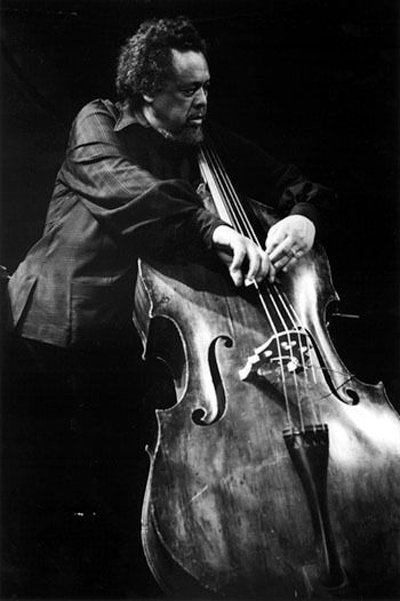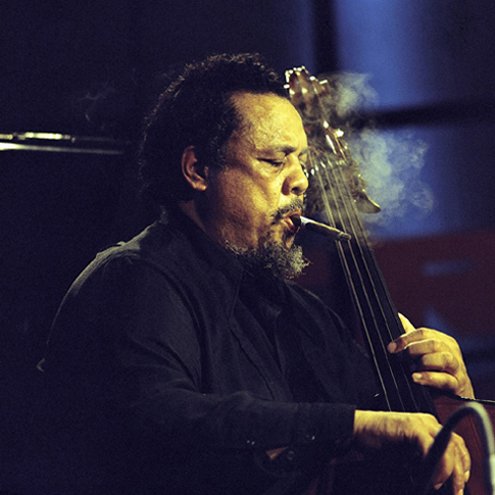Duke Ellington (piano), Charles Mingus (doble bass) and Max Roach (drums). From the album Money Jungle (1963).
Charles Mingus’s style is characterized by excesses, exuberance and combination of opposing elements. As a jazz composer he is often praised for the novel structures of his works, but they are always full of content. Mingus’s music is never boring and in his performances the stage radiated a visceral excitement that lasts in his recordings. It is a conversation in a thousand languages accompanied by clapping, shouting, exhortations and other spontaneous outbursts. In the late 1950s Mingus returned to the roots of jazz and discovered that the twelve-bar blues was a very fertile starting point.

Charles Mingus
In the early 1960s, Mingus looked at free jazz with a mixture of curiosity, envy and disdain. His adherence to the jazz tradition and his role as a composer prevented him from accepting total atonality. His group with Eric Dolphy was one of the most daring he had. However, he returned to his traditional side recording in 1963 his album The Black Saint and the Sinner Lady, which stands out as the most accomplished and extensive piece of his career. Jazz critic Steve Huey describes the album as “one of the greatest achievements in orchestration by any composer in jazz history.”

Charles Mingus
This is a basic twelve-bar mid-tempo blues in which Ellington feels comfortable. His playing is very percussive and clear. Then he starts a conversation with Mingus in which he maintains a spontaneous melodic line. Ellington continues to be supported by Mingus’s walking and Roach’s rhythm base, and maintains a sharp and convincing speech. He then establishes a dialogue with Roach, which focuses on the drums with well-chosen beats. Then Ellington continues to enjoy the blues until he re-exposes it.
